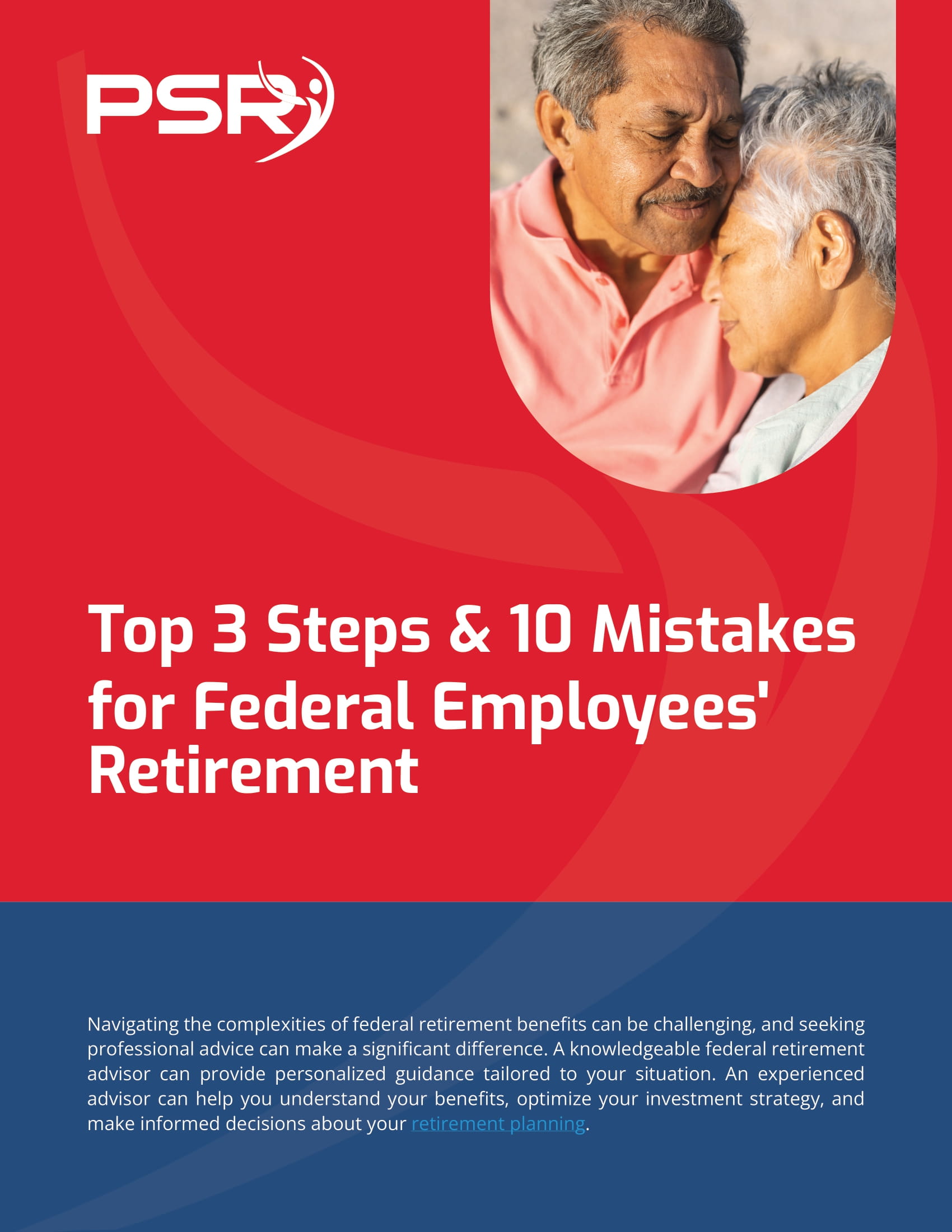Key Takeaways
-
Electing the wrong survivor benefit option at retirement can reduce your loved one’s income by up to 50%.
-
Understanding the survivor benefit election process is critical for protecting your family’s long-term financial security.
The Role of Survivor Benefits in Your Retirement Package
When you retire as a government employee under the Federal Employees Retirement System (FERS) or the legacy Civil Service Retirement
- Also Read: 6 Important Changes That Could Impact CSRS Retirees in the Future—And What You Should Watch For
- Also Read: 3 Hidden Costs of Early Retirement Under FERS That Can Take You by Surprise
- Also Read: 6 Important Updates Federal Employees Should Know About Hiring, Pay, and Retirement
Survivor benefits serve as a form of continuing income for your loved ones after you’re gone. The wrong election can dramatically reduce, or entirely eliminate, this safety net.
What Are Your Survivor Benefit Options?
Under FERS, you generally have three survivor benefit options to choose from:
-
Full survivor benefit: Your spouse receives 50% of your unreduced annuity upon your death. Your own monthly annuity is reduced by 10% to pay for this benefit.
-
Partial survivor benefit: Your spouse receives 25% of your unreduced annuity. Your monthly annuity is reduced by 5%.
-
No survivor benefit: Your spouse receives nothing. You retain your full annuity while alive, but there is no continued benefit after your death.
CSRS offers similar but slightly different percentages. Regardless of which retirement system you fall under, the choice you make is legally binding once your annuity begins. You can only change it under specific conditions, such as a divorce followed by remarriage.
How the Wrong Election Can Cut Benefits in Half
Let’s say you choose the partial benefit, thinking it offers a balanced trade-off between your needs now and your spouse’s needs later. While that might sound practical, it could cut their future income by half. The cost difference to you in retirement—a 5% vs. 10% reduction in your monthly annuity—may seem small, but the long-term impact on your spouse is substantial.
For instance:
-
Choosing a 25% survivor benefit versus 50% means your spouse will only receive a quarter of your annuity rather than half.
-
If your annuity is $3,000/month, they’d receive $750/month instead of $1,500/month.
That difference could mean the ability to pay rent versus downsizing, or affording medical care versus going without.
You Can’t Undo a Mistake Easily
Many retirees believe they can adjust their election later if circumstances change. That’s not true in most cases. The Office of Personnel Management (OPM) has strict rules about changing your survivor benefit election after retirement.
Here are a few things to note:
-
Once your annuity starts, your election is locked in.
-
You can only change your election under very limited conditions: divorce, remarriage, or if your spouse consents to the change in writing.
-
Reinstating a survivor benefit after waiving it usually results in permanent reductions and possible back payments.
So it’s vital to get this right the first time.
The Cost of Survivor Benefits vs. the Risk of Not Electing One
Choosing a survivor benefit comes with a trade-off—a reduction in your own monthly annuity. However, the cost may be well worth the security it provides to your loved ones.
In 2025, the cost of a full survivor benefit is still 10% of your unreduced annuity under FERS. That might mean $200-$300/month less for you, depending on your pension amount. But that also means ongoing financial support for your spouse or dependent should you pass away.
The alternative is much riskier:
-
Without a survivor election, FEHB coverage ends for your spouse unless they qualify independently.
-
Your TSP or Social Security benefits might not be enough to support them.
-
The burden of final expenses and living costs may fall entirely on your spouse.
Survivor Benefits and FEHB Eligibility
Another crucial point: electing a survivor benefit is often tied to keeping Federal Employees Health Benefits (FEHB) coverage for your spouse after your death.
If you elect no survivor benefit, your spouse will lose FEHB coverage unless they are entitled to a separate federal retirement benefit. That means they would need to find private insurance, which can be extremely costly—especially in retirement.
So your election doesn’t just affect monthly income; it impacts healthcare too.
Survivor Benefits for Divorced Spouses
Some employees are surprised to learn that divorced spouses may also be entitled to a survivor benefit if it was awarded in a court order. This benefit can be:
-
Court-ordered through a divorce settlement
-
Voluntarily elected by the retiree, even if not required
If you remarry after a divorce, it’s important to understand how survivor benefits may be split or reassigned. Not managing this properly can unintentionally leave your current spouse without protection.
When to Start Thinking About Your Election
If you’re within 5 years of retirement, now is the time to evaluate your options. Don’t wait until your retirement paperwork is due—this decision requires careful planning.
Here are a few steps to take:
-
Review your projected annuity amount using your most recent retirement estimate.
-
Discuss with your spouse what their financial needs would be without your income.
-
Consider consulting a licensed agent who understands government retirement benefits.
-
Factor in the cost of healthcare, inflation, and long-term living expenses.
You Might Be Required to Elect a Benefit
It’s also worth noting that you can’t waive the survivor benefit without your spouse’s written consent. That’s a legal requirement. So even if you think skipping it makes sense, your spouse has to agree.
Make sure both of you are fully informed:
-
Your spouse must sign Form SF 3107-2 (Spouse’s Consent to Survivor Election)
-
The form must be notarized and submitted with your retirement application
This ensures both parties understand the decision and its consequences.
Financial Planning Can Prevent Regret
Retirement is a major life transition, and it’s easy to focus on immediate financial needs while overlooking long-term impacts. Survivor benefits are often an afterthought—but they shouldn’t be.
Smart planning now can prevent unnecessary hardship for your spouse or dependents later. The wrong choice may save you a few hundred dollars per month in 2025, but it could cost your family thousands per year after your death.
Your survivor benefit election isn’t just about money; it’s about peace of mind. Make the time to consider all factors carefully.
Get the Support You Need to Make the Right Choice
Your retirement benefits are too important to leave to guesswork. Whether you’re in the planning phase or nearing your final decision, don’t go it alone. Survivor benefit elections can be complex and permanent.
If you’re unsure about your options or want to weigh the long-term impact, reach out to a licensed agent listed on this website for expert guidance tailored to your situation.








